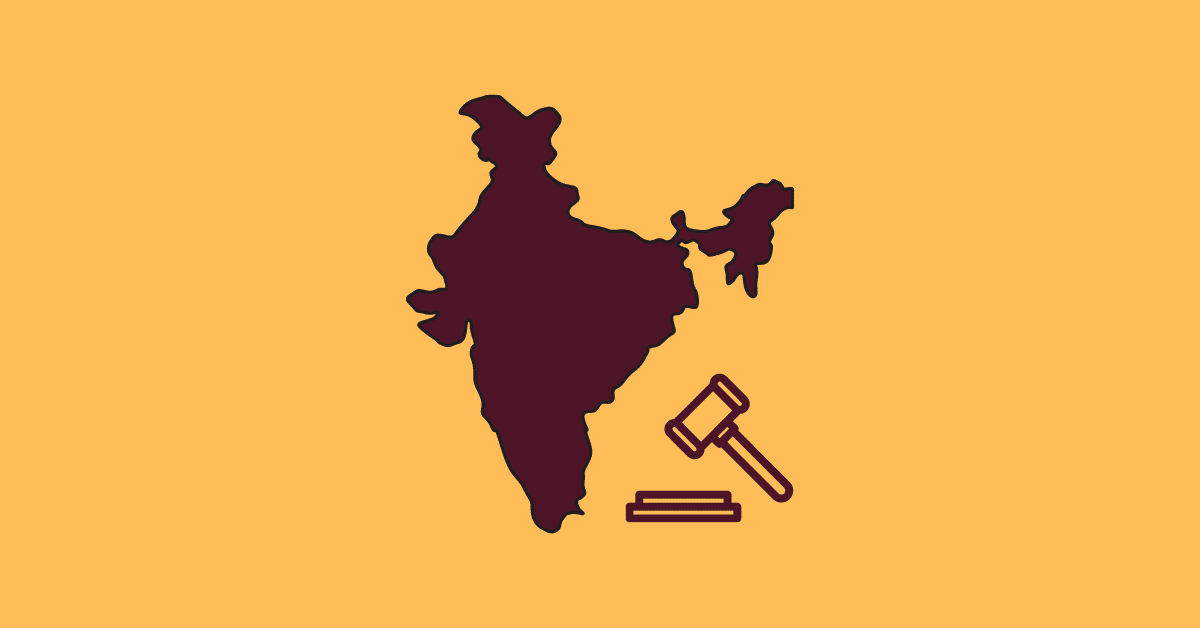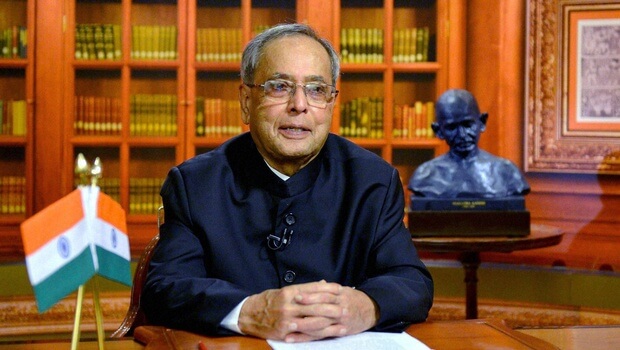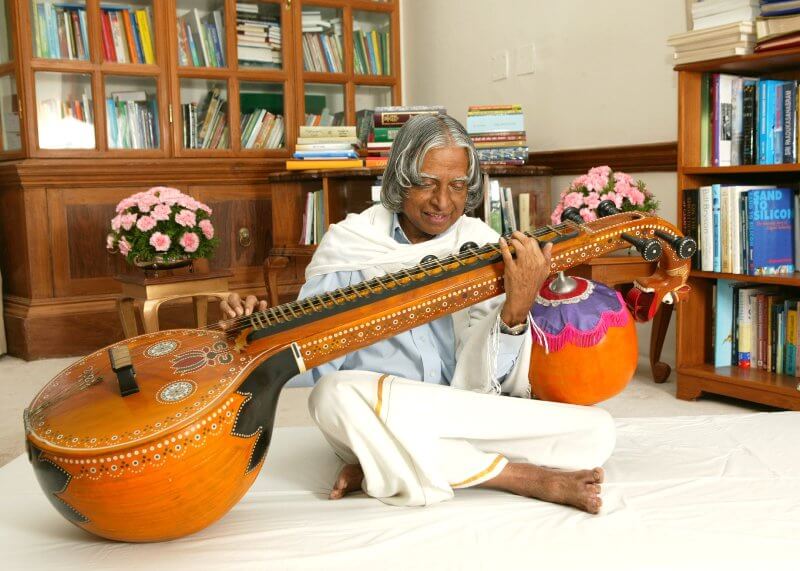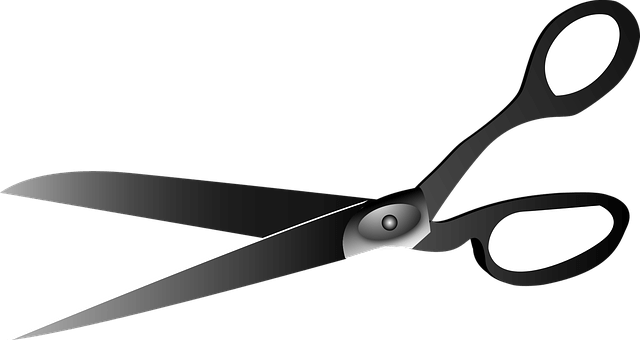 The basic structure doctrine is one of the fundamental judicial principles connected with the Indian Constitution.
The basic structure doctrine is one of the fundamental judicial principles connected with the Indian Constitution.
The doctrine of the basic structure holds that there is a basic structure to the Indian Constitution, and the Parliament of India cannot amend the basic features.
It was in the Kesanvnda Bharati vs State of Kerala case, the Constitutional Bench of the Supreme Court ruled by a 7-6 verdict that Parliament could amend any part of the Constitution so long as it did not alter or amend the basic structure or essential features of the Constitution.
What is the Basic Structure Doctrine?
Indian Constitution is a dynamic document that can be amended according to the needs of society whenever required. Constitution under Article 368 grants power to the Parliament to amend whenever there is a necessity. The Article also lays down the procedure for amendment in detail.
The doctrine of basic structure is nothing but a judicial innovation to ensure that the power of amendment is not misused by Parliament. The idea is that the basic features of the Constitution of India should not be altered to an extent that the identity of the Constitution is lost in the process.
Indian Constitution upholds certain principles which are the governing rules for the Parliament, any amendment cannot change these principles and this is what the doctrine of basic structure upholds. The doctrine as we have today was not present always but over the years it has been propounded and upheld by the judicial officers of this country.
In this article, we would dwell in detail on the evolution of the doctrine of basic structure and what are the features of the Constitution of India that have been regarded as part of the basic structure by the hon’ble courts.
Timeline for Evolution of Basic Structure
Pre – Golak Nath Era
The Constitution of India was amended as early as 1951, which introduced the much-debated Article(s) 31A and 31B to it. Article 31B created the 9th Schedule which stated that any law provided under it could not be challenged for the violation of Fundamental Rights as per Article 13(2) of the Constitution. Article 13(2) states that the Parliament shall not draft any law which abridges the rights conferred under Part III and to that extent it shall be void.
A petition was filed in the Supreme Court of India challenging Article(s) 31A and 31B on the ground that they abridge or take away rights guaranteed under Part III of the Constitution which is against the spirit of Article 13(2) and hence should be declared void. In this case, Shankari Prasad Singh Deo v. Union of India, the Hon’ble Supreme Court held that the power to amend the Constitution including the Fundamental Rights is conferred under Article 368, and the word ‘Law’ as mentioned under Article 13(2) does not include an amendment of the Constitution. There is a distinction between Parliament’s law-making power, that is, the legislative power and Parliament’s power to amend or constituent powers.
After this, several amendments were brought to the Constitution and once again the scope of amendments was challenged in the Sajjan Singh v. State of Rajasthan. The five-judge bench in Sajjan Singh dealt with the validity of the 17th Constitutional Amendment which had added around 44 statutes to the 9th Schedule. Though all of the judges agreed with the decision of Shankari Prasad but for the first time in the concurring opinion by Hidyatullah and Mudholkar JJ doubts were raised on the unfettered power of Parliament to amend the Constitution and curtail the fundamental rights of the citizens.
Golak Nath v. the State of Punjab
In this case, three writ petitions were clubbed together. The first one was by children of Golak Nath, against the inclusion of the Punjab Security of Land Tenures Act, 1953 in the Ninth Schedule. The other two petitions had challenged the inclusion of the Mysore Land Reforms Act in the Ninth Schedule. It is an 11 judge bench decision, wherein the Hon’ble Supreme Court by a majority of 6:5 held that the fundamental rights were outside the purview of the amendment of the Constitution, based on the following reasoning:
- The power of Parliament to amend the Constitution does not subside in Article 368 but it is derived from Article 245, read with Entry 97 of List I of the Constitution. It was very clearly stated that Article 368 only provided for the Procedure of Amendment and nothing more.
- The Court also clarified that the word ‘law’ under Article 13(2) includes within its meaning an amendment to the Constitution. Therefore any amendment against the Fundamental Rights was void.
- The argument that the power to amend the Constitution is a sovereign power, which is over and above the legislative power and hence outside the scope of judicial review was rejected.
However, the 1st, 4th, and 17th Amendments were not declared invalid by the Court as the ruling was given a prospective effect. This meant that no further amendments could be brought into the Constitution violating the fundamental rights. But the cases of Shankari Prasad and Sajjan Singh were declared bad in law by the Court to the extent that Article 13(2) does not include a Constitutional amendment under Article 368.
Constitution 24th Amendment
The Golak Nath case left the Parliament devoid of its powers to amend the Constitution freely, therefore to restore the earlier position; the 24th Constitutional Amendment was brought forth. The Amendment Act not only restored the earlier position but extended the powers of Parliament. The following changes were made through the amendment:
- A new clause (4) was added to Article 13 which stated that ‘nothing in this Article shall apply to any amendment of this Constitution made under Article 368’.
- The marginal heading of Article 368 was changed to ‘Power of Parliament to amend the Constitution and Procedure, therefore’ from ‘Procedure for amendment of the Constitution.
- Article 368 was provided with a new sub-clause (1) which read ‘notwithstanding anything in this Constitution, Parliament may, in the exercise of its Constituent Power amend by way of addition, variation, or repeal any provision of this Constitution in accordance with the procedure laid down in this Article.
- President was put under an obligation to give assent to any Bill amending the Constitution by changing words from ‘it shall be presented to the President who shall give his assent to the Bill and thereupon’ to ‘it shall be presented to the President for his assent and upon such assent being given to the Bill’.
- A reassuring clause (3) was also added to Article 368, which again clarified that ‘nothing in Article 13 shall apply to any amendment made under this Article.
Kesvananda Bharati v. the State of Kerala
This case was initially filed to challenge the validity of the Kerala Land Reforms Act, 1963. But the 29th Amendment of the Constitution placed it under the Ninth Schedule. The petitioner was permitted to not only challenge the 29th Amendment but also the validity of the 24th and 25th Amendments.
The historic judgment was delivered by a 13 judge bench and with the majority of 7:6; they overruled the Golak Nath case. It was held that the power of Parliament to amend the Constitution is far and wide and extends to all the Articles but it is not unlimited to an extent that it destroys certain basic features or framework of the Constitution.
The Hon’ble Supreme Court, however, held that the 24th Amendment was valid as it only states what was present before implicitly. It does not enlarge the powers of Parliament; Article 368 always included the power and procedure to amend the Constitution.
The judges did not provide what constitutes the basic structure but provided an illustrative list of what may constitute the basic structure. As per Sikri, C.J., the basic structure constitutes the following elements:
- The supremacy of the Constitution
- Republican and Democratic forms of Government
- Secular character of the Constitution
- Separation of Powers between the legislature, the Executive, and the Judiciary
- Federal Character of the Constitution
Shelat and Grover, JJ., added the following to the above list:
- The mandate to build a welfare state contained in the Directive Principles of State Policy
- Maintenance of the unity and integrity of India
- The sovereignty of the country
Hegde and Mukherjee, JJ., had their list of the elements of the basic structure, which included:
- The sovereignty of India
- The democratic character of the polity
- The unity of the country
- Essential features of individual freedom
- The mandate to build a welfare state
Whereas Jaganmohan Redd, J., believed that it was the Preamble that laid down the basic features of the Constitution, which are:
- A sovereign democratic republic
- The provision of social, economic, and political justice
- Liberty of thought, expression, belief, faith, and worship
- Equality of status and opportunity
After this judgment, the general opinion was that the judiciary is trying to create an overhaul over the Parliament, but soon an opportunity was laid down before the Court to examine the doctrine.
Evolution of Basic Structure Doctrine
Indra Nehru Gandhi v. Raj Narain was the case in which the faith in the doctrine was affirmed and established. In this case, the appellant had filed an appeal against the decision of Allahabad High Court invalidating her election as the Prime Minister. While the appeal was still pending at the Supreme Court, the 39th Amendment was enacted and enforced which stated that no court has jurisdiction over the election disputes of the Prime Minister.
The Hon’ble Supreme Court relying on the decision of Kesavananda Bharati stated that democracy was an essential feature of the Constitution and forms part of the basic structure. The bench added certain other features to the list of the basic structure, which was: Rule of Law and the power of Judicial Review.
The basic structure then came up in the case of Minerva Mills Ltd. v. Union of India, wherein the Supreme Court provided clarity to the doctrine and laid down that the power of amendment under Article 368 is limited and exercise of such power cannot be absolute. A limited amending power was very well part of the basic structure doctrine of the Constitution. Further, the harmony and balance between fundamental rights and directive principles are also part of the basic structure, and anything that destroys the balance is an ipso facto violation of the doctrine.
The case of L. Chandra Kumar v. Union of India again stated that the power of judicial review under Article 32 of the Supreme Court and Article 226 of the High Court is part of the basic structure doctrine and these powers cannot be diluted by transferring them to administrative tribunals.
Conclusion
Today there is no dispute regarding the existence of the doctrine, the only problem that arises time and again is the contents of the same.
Certain contents have been reaffirmed again and again by the Courts whereas some of them are still in the process of deliberations.
The basic structure doctrine grants the fine balance between flexibility and rigidity that should be present in the amending powers of any Constitution.
Bibliography
- ‘Important Judgments that transformed India’ by Alex Andrews George
- M.P. Jain, Indian Constitutional Law
- V.N. Shukla, Constitution of India
- Krishan Keshav, Singhal’s Constitutional Law – II
- A critique – Legal Service India
- Doctrine – Wikipedia
- Minera Mils Case – Law Octopus
- Shankari Prasad Singh Deo v. Union of India, AIR 1951 SC 455
- Sajjan Singh v. State of Rajasthan, AIR 1965 SC 845
- Golak Nath v. State of Punjab, AIR 1967 SC 1643
- Kesavananda Bharati v. State of Kerala, AIR 1973 SC 1461
- Indra Nehru Gandhi v. Raj Narain, AIR 1975 SC 2299
- Minerva Mills Ltd. V. Union of India, AIR 1980 SC 1789
- Chandra Kumar v. Union of India, AIR 1997 SC 1125






